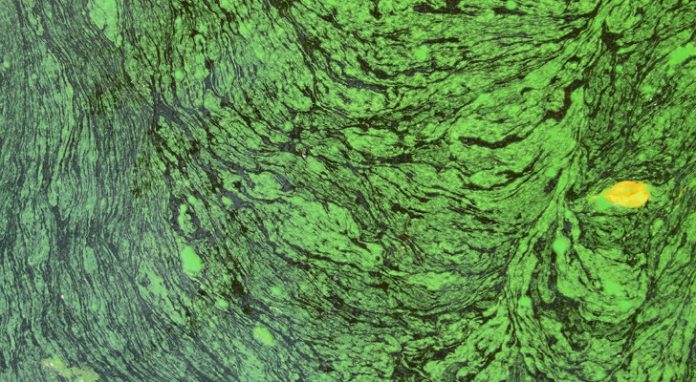FlowCam® allows for better quantification of algae species. It serves as an early warning system for field operators.
the client
Newport News Waterworks is a regional water provider, owned and operated by the City of Newport News, Virginia. Serving over 400,000 people, Newport News Waterworks owns and operates 5 reservoirs and more than 12,000 acres of watershed property.
the challenge
Newport News previously used manual microscopic examinations of water in their terminal reservoirs. Increased algal populations, especially in the summer months, reduced filter run times and resulted in the potential for taste and odor episodes. The manual examinations were subjective. Therefore, Newport News sought a method that would provide them with analytical and quantifiable results for their water testing. Additionally, they wanted a way to trend the results of water testing, so that they could be more proactive in remediating potential blooms. In FlowCam®, they found their answer.
With better quality data, operations teams are making process changes within the waterworks treatment plants, and using additional data to support raw water pumping strategies.
results
Before using a FlowCam, Newport News had an employee who monitored algae with a standard microscope. They tested raw water at the terminal reservoir about 1-2x per week. When this employee retired, they realized that the tribal knowledge of algae classification retired with her and it would be too labor intensive and time consuming to continue with manual analysis.
With the FlowCam, they have the capability to test all reservoirs and the water bodies that feed them on a more consistent basis – up to 7 or 8 samples per week during warmer summer months.
The FlowCam has made algae analysis more accessible. ”Even ignoring that it’s simpler to run a sample through the FlowCam vs. pulling out the microscope, the FlowCam provides large, high-quality images of the particles I am interested in, which lets me go through some books and try to identify the organism at my own pace,” said Anna Maria Miller, Laboratory Analyst
FlowCam also calculates algae concentration (particles/mL). This is the standard number Newport News uses for their routine reporting.
“FlowCam changed the monitoring process by creating a quicker turn-around time. I can run a sample within a few minutes of it arriving. Then, if necessary, I can just give someone a quick call and say ‘it doesn’t look great’ before going through the classification process,” said Anna Maria Miller.
Changing how and when to treat for blooms
When there is an impending bloom, time is of the essence. Being able to treat a reservoir immediately, versus having to wait a day, can impact the amount of copper sulfate needed to remediate the bloom. By providing quick analysis and trackable metrics of algae populations, FlowCam has enabled a more proactive approach to algaecide use.
New FlowCam to Monitor Cyanobacteria
Newport News is currently focusing its water quality tracking efforts on cyanobacteria. They recently traded in their original FlowCam VS for a new FlowCam Cyano which is configured with a red laser and optical filters that allow the instrument to distinguish cyanobacteria from other algae based on pigment detection of chlorophyll and phycocyanin.
Relying on image analysis alone is not always feasible when identifying filamentous and colonial cyanobacteria. By seeing the phycocyanin fingerprint of cyanobacteria in their reservoirs, managers have the ability to confidently determine when it is necessary to test for cyanotoxins.
“FlowCam provides an easy method to be proactive, and enables more consistent monitoring. As a result, we have more confidence in water quality.” – Sherry Williams, Water Quality Control Supervisor
www.planet-ocean.co.uk



